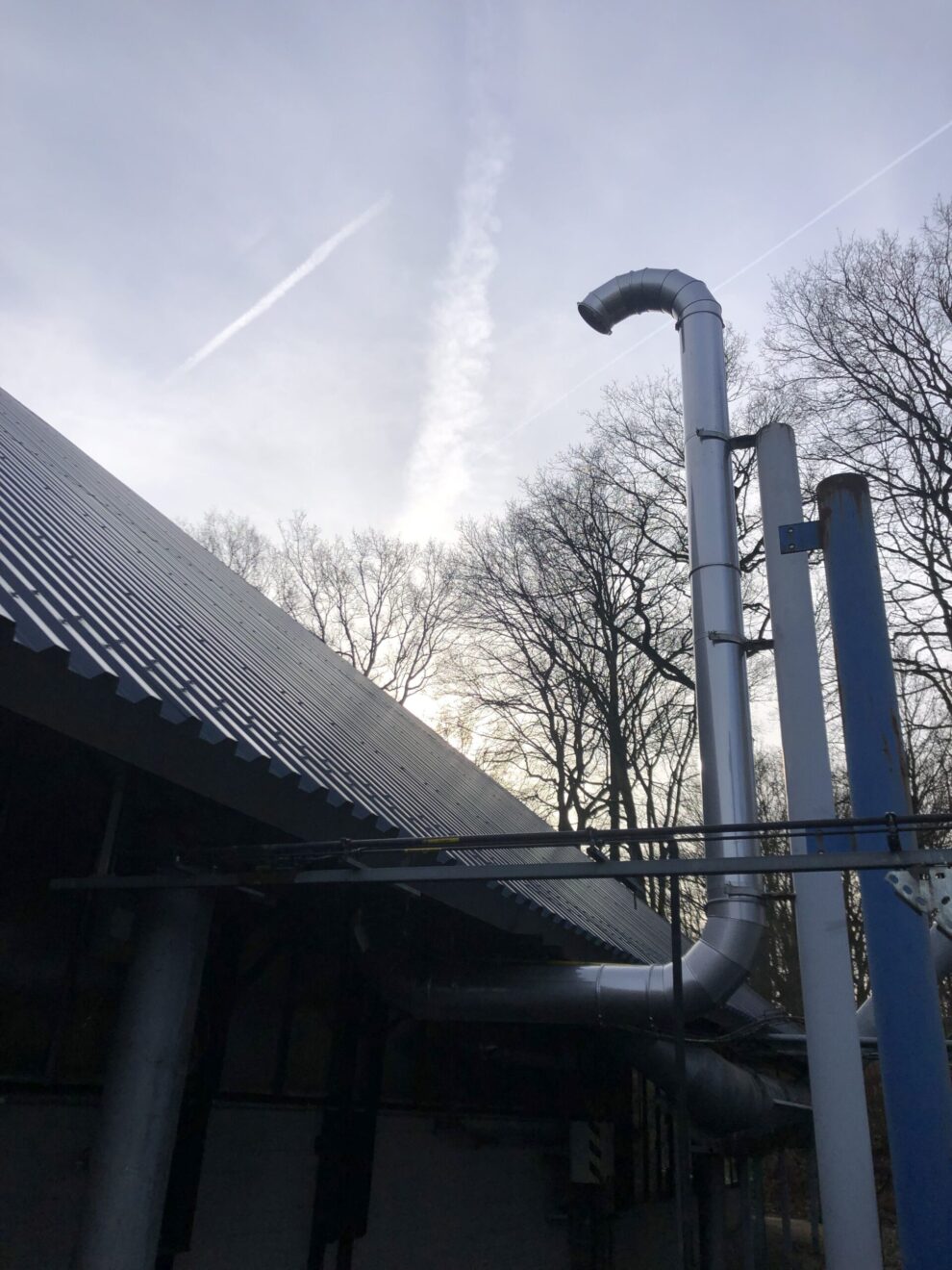Research Institute with Clean Air
Creating an extraction system for smoke and supplying clean air for a chemical process in a research institute involves several crucial steps, ranging from providing and installing a duct network to fresh air intake and air extraction.
Firstly, providing and installing a duct network is essential to ensure efficient distribution of fresh air and smoke evacuation. An air intake duct and an extraction duct are made of 304 stainless steel, offering superior resistance to corrosion and high temperatures. These ducts consist of pipe sections and branches, equipped with accessories such as elbows, galvanized steel clamps, galvanized steel flanges with graphite seals, and galvanized steel support rods. A pressure switch is also integrated to regulate the air flow and ensure optimal system operation.
Next, providing and installing an industrial centrifugal fan is necessary to ensure the required air flow and pressure for the application. This fan is designed with backward-inclined blades for optimal performance. It is directly driven by the motor, eliminating the need for belts and reducing maintenance requirements. The fan is powered by 230V/400V and equipped with an equipotential bond for electrical safety. Additionally, a pressure switch is installed to monitor and secure the fan’s operation.
Finally, the system is equipped with flexible sleeves for intake and exhaust, designed to withstand temperatures up to 60°C. These sleeves ensure a tight connection between the ducts and the fan, minimizing air losses and ensuring optimal system performance.
In summary, creating an extraction system for smoke and supplying clean air in a research institute requires a methodical approach and the use of high-quality components to ensure a safe working environment compliant with current safety and environmental standards.
